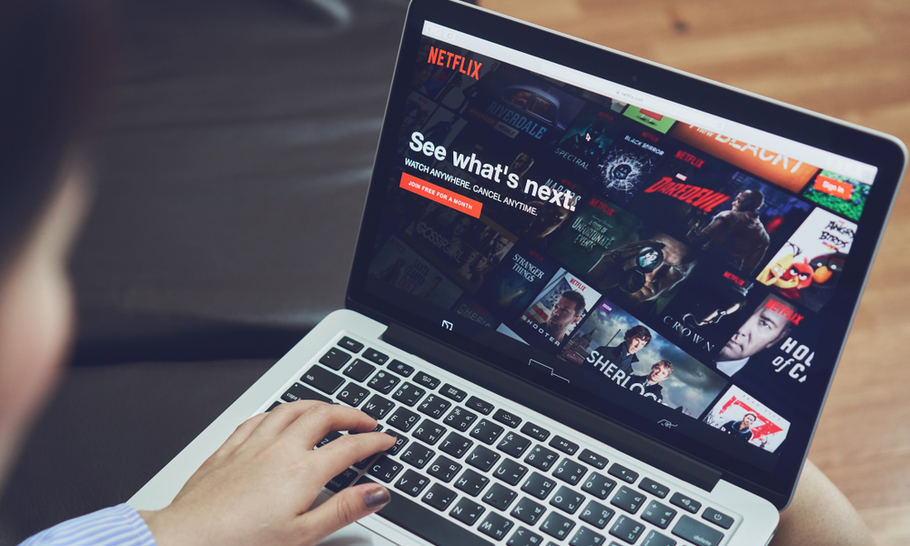Another week, another new subscription. This time it was The Athletic, the high-end sports website which has launched in the UK. Then, on Tuesday, we heard about Disney’s new streaming bundle, which will offer US viewers the chance to access its forthcoming Disney+ service alongside Hulu and ESPN+ for $12.99 a month. Disney+ itself is going to cost $6.99 and Apple is going to be launching a service too, as is WarnerMedia. In the UK, the BBC and ITV will soon be launching BritBox, which will charge £5.99 for access to the broadcasters’ box-sets.
Then, of course, there’s Netflix, Amazon Prime, Spotify … you maybe even subscribe to a newspaper or magazine or two. Not to mention a linear TV subscription to something like BT or Sky. It all adds up and I think people are getting subscription fatigue. I know I am.
Media companies realised, some too late, that the advertising model is difficult. While there is a lot to endorse it, and such a model can provide a frictionless way to get your content to viewers, it is also hard work to generate revenue, let alone profit. They resorted to churnalism, and many outlets went for paywells in a bid to fund higher quality journalism. (It goes without saying, TheArticle is an exception that proves the rule – providing top-quality writing funded by advertising.) Subscriptions became particularly prominent on video platforms, which is expensive to produce.
When it was just Netflix that was fine. Even when Amazon got involved people could stomach that because you got 1-day delivery thrown in, so it had some added value. However, the market has clearly grown far beyond that now.
New data from Ofcom released this week explained that “subscriptions to Netflix, Amazon Prime Video, NOW TV and Disney Life reached 19.1 million (up from 15.4 million in Q1 2018)”. It also outlined that a large number of households have more than one subscription. Clearly then people are prepared to pay for high-quality content. However, there is a limit.
Platform owners are segmenting off their content and making sure only their subscribers can access it. It means customers now have decisions to make. There are only so many services any one person can sign up to. It feels to me that two is the maximum for most people. We’re starting to arrive at a turning point where people are just saying enough is enough. In July, Netflix revealed it lost 123,000 subscribers in the second quarter of 2019. It is going to be losing the rights to popular programs like Friends in the near future too, which could make even more people inclined to cancel their subscription.
In music, Spotify largely dominates. It hit 100 million worldwide paying subscribers in April, double what Apple Music had. But it also has the rights to almost all the music. In video it is more complicated. Want Orange is the New Black? You need Netflix. Mr Robot? Better head to Amazon Prime. Star Wars, Marvel and all the Disney films are only going to be on Disney+, and so it goes on.
I understand businesses do not want to support their competitors, but equally media companies need to realise that siphoning off their content might not actually help them in the long run. We’re all either going to wisen up and exploit free-trials or simply cancel subscriptions altogether, perhaps on a rotating basis. Either way, a number of providers are not all going to be getting our money every month. Licensing deals whereby they agree to allow content onto rival’s platform and other ways of sharing may well prove to be more productive. At the moment they are asking consumers to sign up to too many things, and there will surely be a backlash sooner rather than later.






